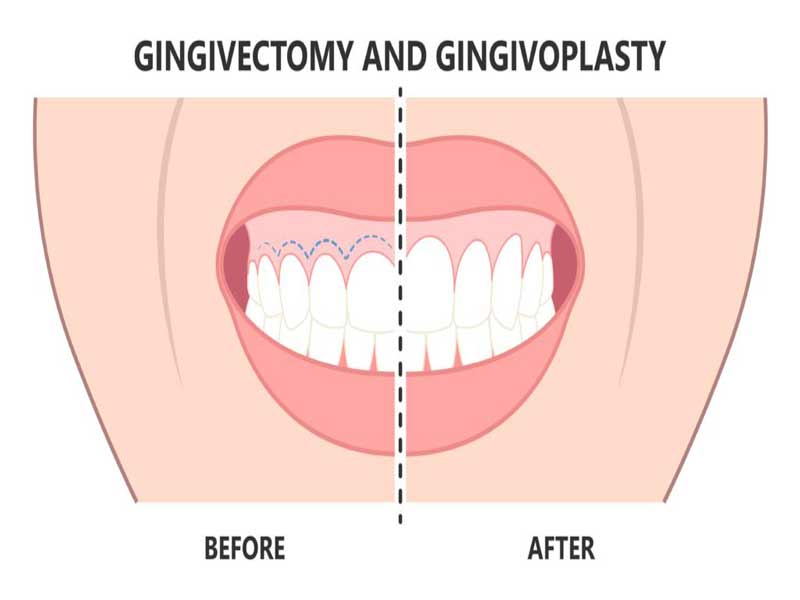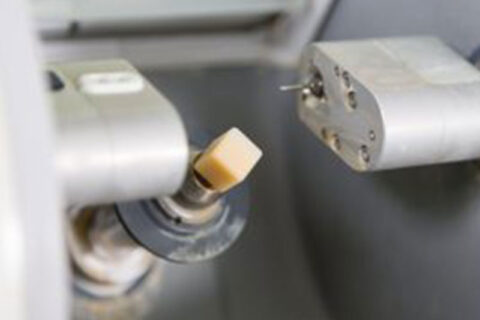What Is Crown Lengthening?

Dentistry is so chock full of useful, interesting procedures that there are some you may not have even heard of. If your dentist recently told you that you’d need crown lengthening, you might wonder what that could mean, or what it would entail. If you’re curious, here’s a guide that can tell you what you need to know.
What Is Crown Lengthening?
Crown lengthening involves removing a little bit of gum tissue around the base of the tooth, exposing the enamel underneath. The effect it that your tooth will be a little bit longer than it was before. That may sound a little strange, but the procedure itself is fairly standard and has a wide variety of cosmetic and restorative uses.
Do I Need Crown Lengthening?
If your dentist is recommending that you get crown lengthening, it could be for a number of reasons. For example, there are some cosmetic benefits of the treatment—crown lengthening is often used to fix a “gummy” smile.
However, the procedure is used most often to make room for a restoration. If you need a dental crown, for example, it’ll need to fit over your natural tooth. That may not be possible if your tooth has decayed significantly or broken off near the gumline. Crown lengthening gives your dentist more space to play with, which can increase the procedure’s potential for success.
What Goes Into Crown Lengthening?
There are a few different kinds of crown lengthening procedures, but they’re all used for essentially the same purpose. Precisely how they go about the surgery will depend on the appearance of your tooth’s root, the crown-to-tooth ratio, where the tooth is located in the mouth, and some other considerations.
Usually, your dentist will make use of local anesthesia and a sedative for the surgery, which may be performed with a laser, scalpel, or some combination of the two. The length of the surgery depends on the number of teeth that need crown lengthening—even if only one tooth is being treated, your dentist might shape the gumline around the surrounding teeth to match.
As you can see, dentistry is a deep and interesting field—yet another reason to be thankful for your dentist’s expertise.
About Our Practice
If you’re looking for a dental practice to call home, look no further than Mark Gray D.D.S. We’ve recently put together a new facility, packed with the latest in dental technology and architectural touches that can make you feel at home. You’ve got enough to worry about out in your own life—leave your teeth to us!
If you have any questions about crown lengthening, we can be reached at our website or by phone at 281-493-9395.

